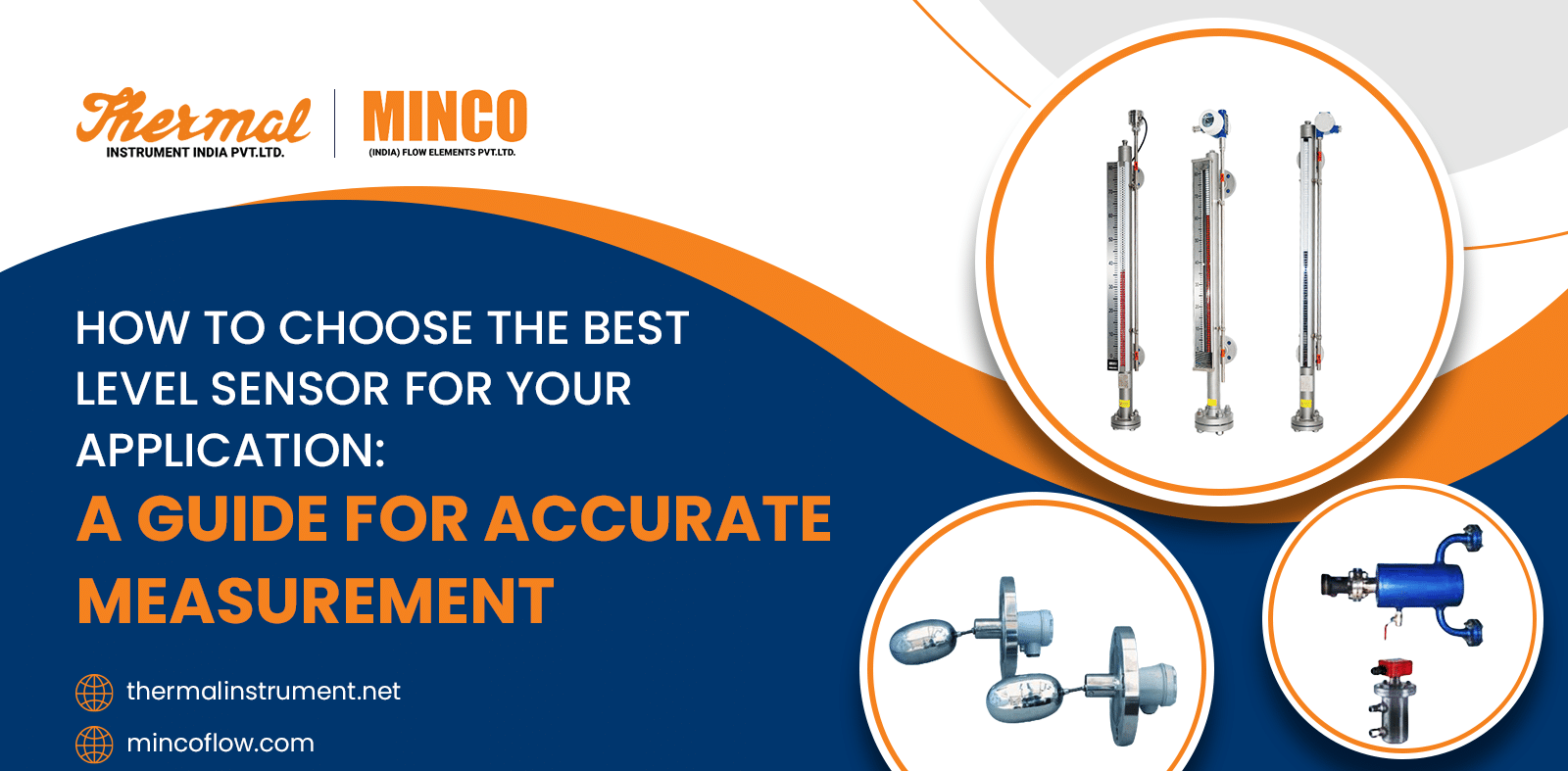
How to Choose the Best Level Sensor for Your Application: A Guide for Accurate Measurement
In various industries, precise monitoring of liquid or solid levels in tanks, silos, and containers is crucial. Level sensors play a vital role in this process, ensuring efficient operation and preventing potential hazards. However, with an array of sensor options available, selecting the right one can be a challenge. This blog post simplifies the process by guiding you through the key factors to consider when choosing a level sensor for your specific requirements.
Understanding Your Measurement Needs:
The first step is to identify your specific application’s needs. Here are some key questions to ask:
What are you measuring?
Is it a liquid, a solid, or a slurry? Knowing the material’s physical properties is essential.
Do you need a continuous measurement or just high/low-level detection?
Continuous measurement provides real-time level data, while high/low-level detection simply indicates if the level exceeds or falls below a set point.
What is the desired level range?
The sensor’s measurement range should encompass the entire range you need to monitor.
Considering the Environment and Material Compatibility
The environment where the sensor will be installed significantly impacts your choice. Here are some factors to think about:
Temperature and pressure:
Ensure the sensor can withstand the expected temperature and pressure within the tank.
Presence of corrosive materials:
If the material being measured is corrosive, a sensor built with compatible materials is necessary to avoid damage or malfunction.
Exploring Sensor Technologies
Once you understand your needs and environment, delve into the different level sensor technologies available. Here’s a brief overview of some common types:
Float sensors:
Simple and cost-effective, ideal for high/low level detection in liquids.
Additional Considerations
Beyond the core factors, consider these additional points:
Accuracy requirements: How precise does the level measurement need to be?
Output signal compatibility:
Ensure the sensor’s output signal (analog or digital) aligns with your control system.
Budgetary constraints:
Level sensors range in price. Determine a budget and choose a sensor that offers the necessary features within your range.
Conclusion:
Choosing the right level sensor requires careful consideration of your specific application. By understanding your measurement needs, the operating environment, and the available sensor technologies, you can make an informed decision that ensures accurate and reliable level monitoring for your industrial processes. If you require further assistance selecting the ideal level sensor for your project, consulting with a qualified sensor supplier is recommended.
Upgrade your level sensing solutions! Discover the ideal sensor for your needs with Thermal Instrument diverse selection of level sensors. Click here to explore for precise and dependable measurement: Explore Level Sensors
